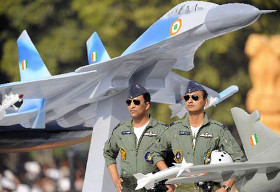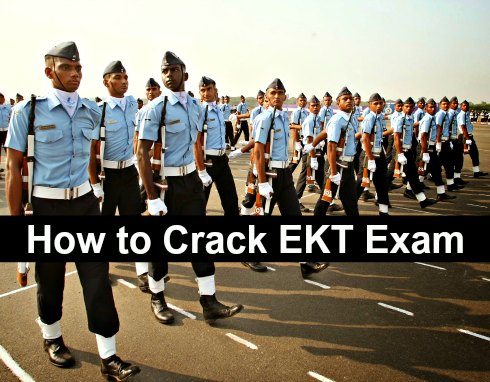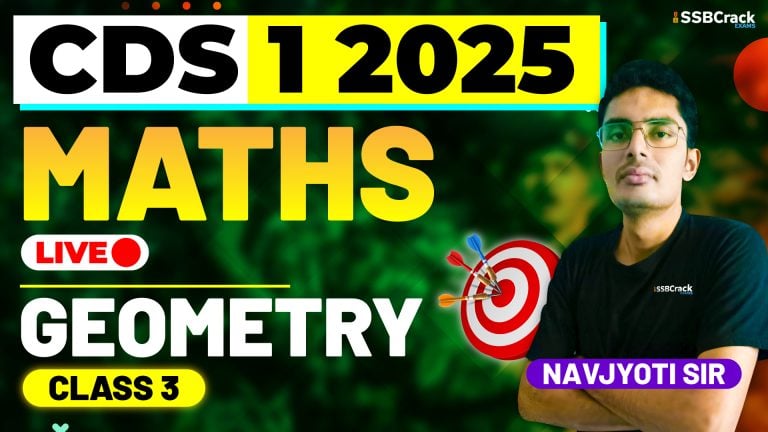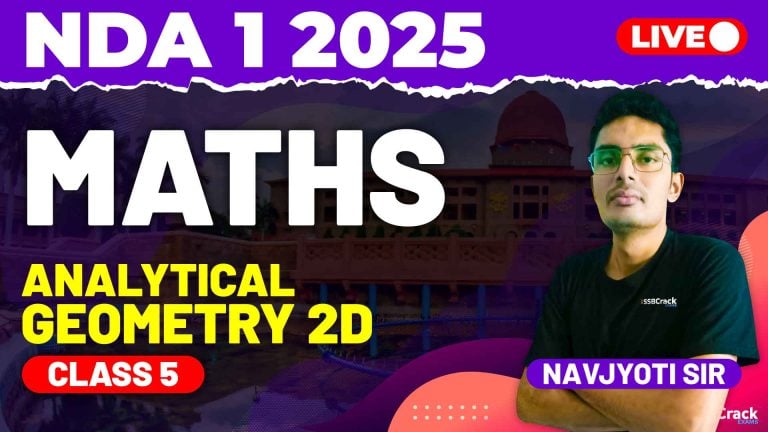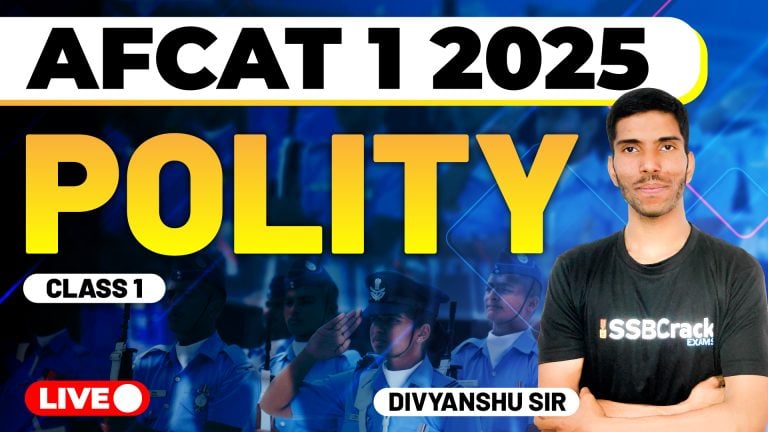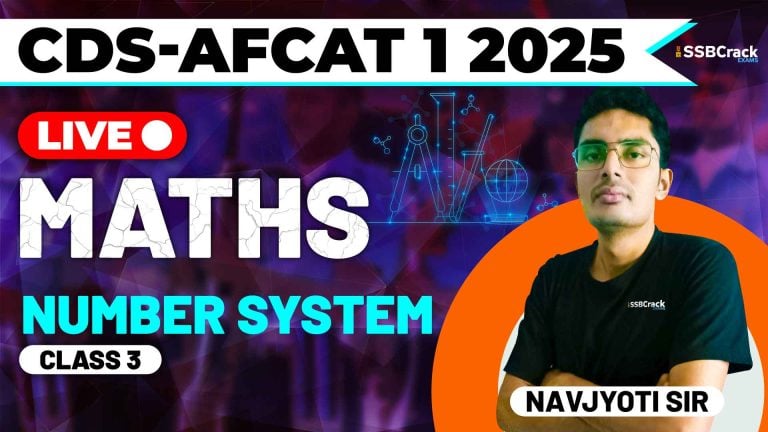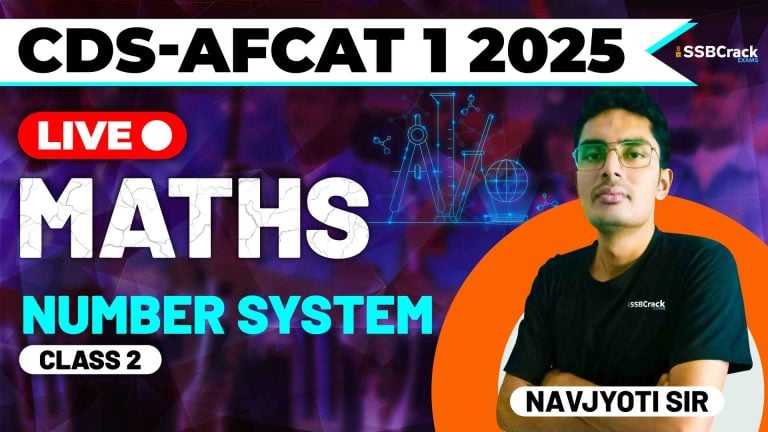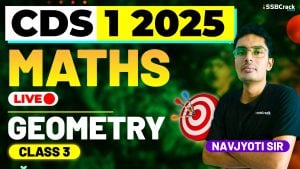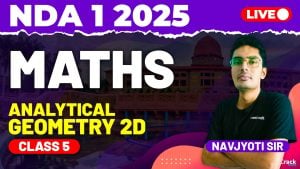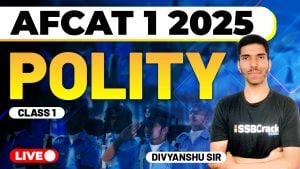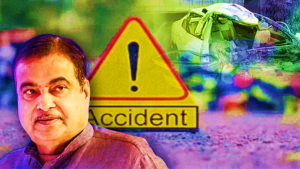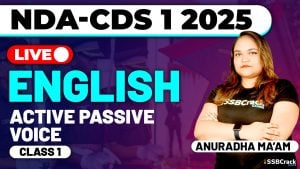Before understanding How to Crack EKT Exam you should know what is EKT exam. EKT stands for Engineering Knowledge Test. It was started in the year 2014 conducted by Indian Air Force along with AFCAT-II (Air Force Common Admission Test). It aims at testing the basic knowledge of an engineering graduate applying for technical entry through AFCAT. This paper starts immediately after the written AFCAT exam of 2 hours. It contains questions dealing with basic concepts of your discipline of engineering and a thorough understanding of your basics will help you solve this easily.
In this article we will discuss about How to Crack EKT Exam. This article gives a few tips on How to Crack EKT Exam to both beginners and working professionals who lack the time for preparation due to their busy schedule.
Eligibility Criteria for EKT Exam
- Age: 18-28 year.
- Indian citizen
- Secured 60% (till B.Tech/B.E. degree) all paper put together
- Minimum height for men 157.5 cm and for women 152cms with correlated weight (as per BMI).
EKT Exam Syllabus
EKT tests the basic knowledge of candidates applying for Aeronautical Engineering Courses. EKT is grounded at pre final year knowledge level. EKT has two parts namely
Part-A : General Engineering (40 questions)
Part-B : Specialised Paper (35 questions)
General engineering part is based on the topics that are common to multiple branches of engineering. Whereas, specialised part is based on the knowledge of the discipline of the candidate’s degree. These disciplines are Mechanical Engineering, Aeronautical Engineering, Electronics and Communication Engineering, Electrical and Instrumentation Engineering and Computer Engineering.
EKT Exam General Engineering Syllabus
- Modern Physics: – Quantum Mechanics, Electrical Conductivity in Metals, Dielectric and magnetic properties of materials, Lasers, Super Conductivity and optical fibers.
- Chemistry :- Chemical Energy Sources, Solar Energy, Electrochemical Energy Systems, Battery Technology, Fuel Cell, Corrosion Science & Control, Metal finishing & Electroless Plating.
- Mathematics :- Differential Calculus, Partial Differentiation, Integral Calculus & Application, Differential Equation, Vector Calculus & Infinite Series, Laplace Transform, Vector Integration, Integral Calculus.
- Computers :- Computer peripherals, Data Processing, Data storage, Operation Systems, Networks of an Internets, Algorithms & Flow charts, Computer aided sketching.
- Electrical: – DC Circuits, Electromagnetism, Single phase AC Circuits, Three phase Circuits, Measuring Instruments, Domestic Wiring, DC Machine Transformer, Synchronous Generation, Three phase Induction motor.
- Electronics :- Semiconductors diodes, Transistor, SCR, Amp & oscillators, OP Amp, Communication Systems, Number System and Digital Logic.
- Mechanical Engineering :- Energy & Steam, Turbines steam, Gas & Water, Internal combustion Engines, Refrigeration and Air Conditioning, Lathe & Drilling Machines, Milling & Grinding Machines, Joining Processes, Lubrication & Bearing , Power Transmission and workshop technologies.
EKT Exam 2016 Computer and Electronics Syllabus
- Digital Electronic Circuits:- Number representation and computer arithmetic (fixed and floating point),Boolean algebra and minimization of Boolean functions, Logic functions and logic gates, Minimization, Digital IC families (DTL, TTL, ECL, MOS, CMOS),Design and synthesis of combinational and sequential circuits, Combinational Circuits: arithmetic circuits, code converters, multiplexers, Decoders. Sequential circuits: latches and flip-flops, counters, shift-registers.
- Analog Electronic Circuits: – Small Signal Equivalent circuits of diodes ,Simple diode circuits, clipping, clamping, rectifiers, Biasing and bias stability of transistor and FET amplifiers, Amplifiers, single-and multi-stage amplifiers, frequency response of amplifiers, Simple op-amp circuits, Sinusoidal oscillators and criterion for oscillation
- Computer Organization and Architecture:- Machine instructions and addressing modes, Memory interface, Cache and main memory and Secondary storage. Microprocessor (8085): architecture and memory organization.
- Operating System: – Processes, Threads and Inter-process communication, Concurrency, Synchronization and Deadlock, CPU scheduling, Memory management and virtual memory, File systems and I/O systems, Protection and security.
- Programming and Data Structures:- Programming in C and similar Structured programming languages. Functions, Recursion, Parameter passing, Scope, Binding; Abstract data types, Arrays, Stacks, Queues, Linked Lists, Trees, Binary search trees, Binary heaps.
- Databases:- ER-model, Relational model (relational algebra, tuple calculus), Database design (integrity constraints, normal forms), Query languages (SQL), File structures (sequential files, indexing, B and B+ trees), Transactions and concurrency control.
- Computer Networks:- ISO/OSI stack, LAN technologies (Ethernet, Token ring), Flow and error control techniques, Routing algorithms, Congestion control, TCP/UDP and sockets, IP(v4), Application layer protocols (icmp, dns, smtp, pop, ftp, http); Basic concepts of hubs, switches, gateways, and routers. Network security: basic concepts of public key and private key cryptography, digital signature, firewalls.
- Information Systems and Software Engineering:- information gathering, requirement and feasibility analysis, data flow diagrams, process specifications, input/output design, process life cycle, planning and managing the project, design, coding, testing, implementation, maintenance.
EKT Exam 2016 MECHANICAL Syllabus
- Engineering Mechanics: – Equivalent force systems, free-body concepts, equations of equilibrium, trusses and frames, virtual work and minimum potential energy. Kinematics and dynamics of particles and rigid bodies, impulse and momentum (linear and angular), energy methods, central force motion.
- Strength of Materials :- Stress and strain, stress-strain relationship and elastic constants, Mohr’s circle for plane stress and plane strain, shear force and bending moment diagrams, bending and shear stresses, deflection of beams torsion of circular shafts, thin and thick cylinders, Euler’s theory of columns, strain energy methods, thermal stresses.
- Theory of Machines :- Displacement, velocity and acceleration, analysis of plane mechanisms, dynamic analysis of slider-crank mechanism, planar cams and followers, gear tooth profiles, kinematics and design of gears, governors and flywheels, balancing of reciprocating and rotating masses.
- Vibrations: – Free and forced vibration of single degree freedom systems, effect of damping, vibration isolation, resonance, critical speed of rotors.
- Fluid Mechanics: – Fluid properties, fluid statics, manometry, buoyancy — Control-volume analysis of mass, momentum and energy, fluid acceleration — Differential equation of continuity and momentum — Bernoulli’s equation — Viscous flow of incompressible fluids — Boundary layer, Elementary turbulent flow — Flow through pipes, head losses in pipes, bends etc.
- Heat Transfer :- Modes of heat transfer — One dimensional heat conduction, resistance concept, electrical analogy, unsteady heat conduction, fins — Dimensionless parameters in free and forced convective heat transfer, Various correlations for heat transfer in flow over flat plates and through pipes — Thermal boundary layer — effect of turbulence — Radiative heat transfer, black and grey surfaces, shape factors, network analysis — Heat exchanger.
EKT Exam 2016 Electronics and Communication Engineering Syllabus
- Networks: Network graphs: matrices associated with graphs; incidence, fundamental cut set and fundamental circuit matrices. Solution methods: nodal and mesh analysis. Network theorems: superposition, Thevenin and Norton’s maximum power transfer, Waye-Delta transformation. Steady- state sinusoidal analysis using phasors. Linear constant coefficient differential equations; time domain analysis of simple RLC circuits, Solution of network equations using Laplace transform: frequency domain analysis of RLC circuits. 2-port network parameters: driving point and transfer functions. State-equations for networks.
- Electronic Devices: Energy bands in silicon, intrinsic and extrinsic silicon. Carrier transport in silicon: diffusion current, drift current, mobility, and resistivity. Generation and recombination of carriers. p-n junction diode, Zener diode, tunnel diode, BJT, JFET, MOS capacitor, MOSFET, LED, p-I-n and avalanche photo diode, Basics of LASERs. Device technology: integrated circuits fabrication process, oxidation, diffusion, ion implantation, photolithography, n-tub, p-tub and twin-tub CMOS process.
- Analog Circuits: Small Signal Equivalent circuits of diodes, BJTs, MOSFETs and analog CMOS. Simple diode circuits, clipping, clamping, rectifier. Biasing and bias stability of transistor and FET amplifiers. Amplifiers: single-and multi-stage, differential and operational, feedback, and power. Frequency response of amplifiers. Simple op-amp circuits. Filters. Sinusoidal oscillators; criterion for oscillation; single-transistor and op-amp configurations. Function generators and wave-shaping circuits, 555 Timers. Power supplies.
- Digital circuits: Boolean algebra, minimization of Boolean functions; logic gates; digital IC families (DTL, TTL, ECL, MOS, CMOS). Combinatorial circuits: arithmetic circuits, code converters, multiplexers, decoders, PROMs and PLAs. Sequential circuits: latches and flip-flops, counters and shift-registers. Sample and hold circuits, ADCs, DACs. Semiconductor memories. Microprocessor(8085): architecture, programming, memory and I/O interfacing. . Signals and Systems:
- Transforms: Definitions and properties of Laplace transform, continuous-time and discrete-time Fourier series, continuous-time and discrete-time Fourier Transform, DFT and FFT, z-transform. Sampling theorem. Linear Time-Invariant (LTI) Systems: definitions and properties; causality, stability, impulse response, convolution, poles and zeros, parallel and cascade structure, frequency response, group delay, phase delay. Signal transmission through LTI systems.
- Control Systems: Basic control system components; block diagrammatic description, reduction of block diagrams. Open-loop and closed-loop (feedback) systems and stability analysis of these systems. Signal flow graphs and their use in determining transfer functions of systems; transient and steady state analysis of LTI control systems and frequency response. Tools and techniques for LTI control system analysis: root loci, Routh-Hurwitz criterion, Bode and Nyquist plots. Control system compensators: elements of lead and lag compensation, elements of Proportional-Integral-Derivative (PID) control. State variable representation and solution of state equation of LTI control systems.
- Communications: Random signals and noise: probability, random variables, probability density function, autocorrelation, power spectral density. Analog communication systems: amplitude and angle modulation and demodulation systems, spectral analysis of these operations, superheterodyne receivers; elements of hardware, realizations of analog communication systems; signal-to-noise ratio (SNR) calculations for amplitude modulation (AM) and frequency modulation (FM) for low noise conditions. Fundamentals of information theory and channel capacity theorem. Digital communication systems: pulse code modulation (PCM), differential pulse code modulation (DPCM), digital modulation schemes: amplitude, phase and frequency shift keying schemes (ASK, PSK, FSK), matched filter receivers, bandwidth consideration and probability of error calculations for these schemes. Basics of TDMA, FDMA and CDMA and GSM.
- Electromagnetics: Elements of vector calculus: divergence and curl; Gauss and Stokes theorems, Maxwell’s equations: differential and integral forms. Wave equation, Poynting vector. Plane waves: propagation through various media; reflection and refraction; phase and group velocity; skin depth. Transmission lines: characteristic impedance; impedance transformation; Smith chart; impedance matching; S parameters, pulse excitation. Waveguides: modes in rectangular waveguides; boundary conditions; cut-off frequencies; dispersion relations. Basics of propagation in dielectric waveguide and optical fibers. Basics of Antennas: Dipole antennas; radiation pattern; antenna gain.
Tips on How to Crack EKT Exam
- Practice makes a man perfect. Practice at least 1 hour daily for having a thorough knowledge about your basics.
- Prepare by going through the previous year question papers as it will give you an idea about the paper pattern and the way to tackle a paper.
- Never try to stick to a single question if it’s confusing. Move on to the next one leaving this one to be tackled in the left out time after you’ve gone through the rest of the paper.
- Search in market for best books which contain basic contents of the EKT syllabus.
- Make short hand notes of what you are learning for quick revision before exam.
- Links to previous year question papers
- EKT 1 2015 Mechanical question paper
- EKT 1 2015 Question Paper Electrical And Electronics
- EKT Computer Science 1 2015
- AFCAT 2014 2 EKT Mechanical Paper
- EKT 2014 2 Electrical And Electronic paper
- Best EKT coaching
SSBcrack Exams has made EKT coaching easily getable by bringing it at your PC or Mobile. If you are planning to attempt EKT in future and seeking help with its preparation SSBcrack Exam is your answer for best EKT coaching.
SSbcrack Exams, Best EKT Coaching offers:
- EKT full Online Course with study material
- EKT based National Level Mock Tests
- EKT based Video Tutorial on technical concepts
- Reports and Analysis on performance
- Expected imported questions for upcoming EKT paper along with monthly GK and Current Affairs updates.
To enroll in SSBcrack Exams, first a student has to register. There are two ways a student can register:
- Student can register through our website by providing – Username, Email id and Password. To Register Click Here
- Student can register with his Facebook id and password. To Register Click Here

